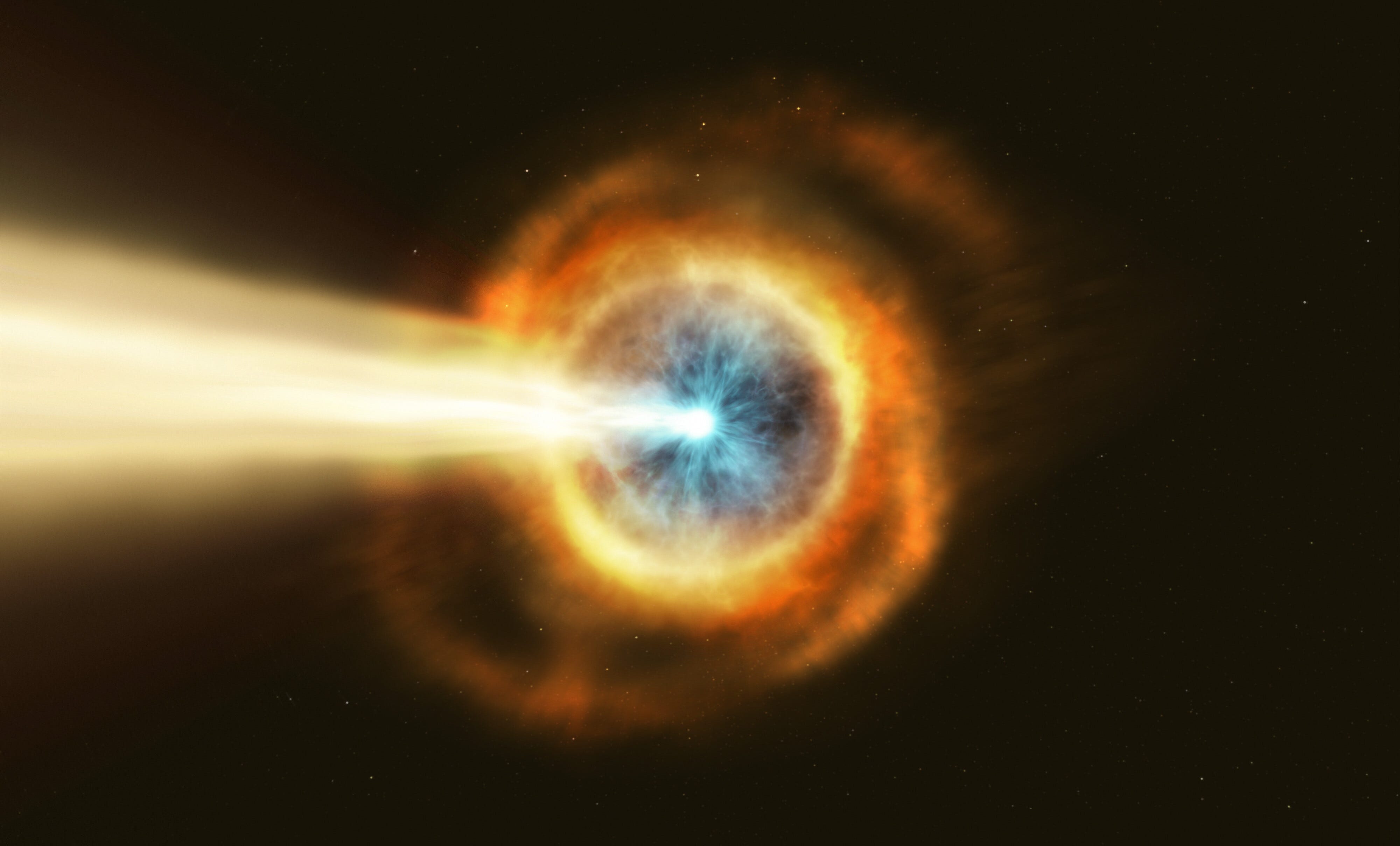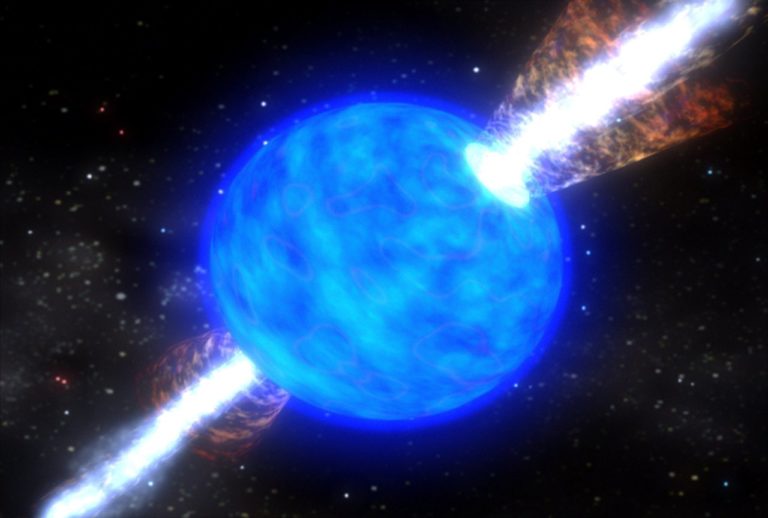The BOAT Gamma-Ray Burst: Unraveling the Mysteries of the Universe
In October 2022, astronomers were witness to an extraordinary cosmic event — a gamma-ray burst so bright that it overwhelmed every gamma-ray detector on Earth within seconds. Dubbed the BOAT, or “Brightest of All Time,” this event released energy unmatched by anything humanity has ever detected. Over 18 months of analysis, what first appeared to be an awe-inspiring, singular event has since raised exciting questions about the universe, dark matter, and the nature of heavy elements like gold.
Gamma-ray bursts (GRBs), though common and well-studied, lend themselves to groundbreaking scientific discoveries. The BOAT, however, was not like any GRB scientists had cataloged before. Lasting for ten minutes, and detectable up to ten hours later, this phenomenal event took place a mere 2 billion light-years away, in the constellation Sagitta – a cosmic blink of an eye in astronomical terms.
What is a Gamma-Ray Burst (GRB)?
Gamma-ray bursts are highly energetic and short-lived explosions in space, emitting immense bursts of gamma radiation. Most GRBs come in two varieties:
- Short Gamma-Ray Bursts: Last less than two seconds and are usually caused by the collision of neutron stars or a neutron star merging with a black hole. These events can produce what is known as a kilonova, capable of emitting bright light as new, heavy elements like gold are formed.
- Long Gamma-Ray Bursts: Last for more than two seconds, often resulting from the collapse of massive stars. Such collapses create supernovae and end in either a neutron star or, more often, a black hole. The particles released travel at nearly the speed of light, and when they interact with matter, they produce the gamma rays we detect.
The BOAT falls into the second category, being a long-duration GRB. But its magnitude and detailed characteristics pushed the boundaries of what experts know and expect from these stellar events.
Why is the BOAT Gamma-Ray Burst So Special?
There are several key characteristics of the BOAT that set it apart from all other previously observed gamma-ray bursts:
| Property | BOAT | Regular Long GRB |
|---|---|---|
| Duration | 10 minutes | Up to a few minutes |
| Brightness | 70x stronger than any other GRB | Much weaker |
| Distance | 2 billion light-years | Typically farther away |
At first, scientists believed that such an extreme energy release suggested the BOAT originated from the collapse of an unusually enormous star. However, subsequent analysis revealed that the supernova behind the BOAT was shockingly ordinary. This prompted many new questions: Why was such an average star behind what might be a “once-in-10,000-year” cosmic event?
The Role of Earth’s Position: Why the BOAT Seemed So Bright
One explanation challenges how we perceive energy from far-off space explosions. Imagine holding a flashlight in a dark room. The light disperses, illuminating the path ahead of you. Now imagine focusing that light into a narrow beam—like a laser. The light would travel farther and appear much brighter to anyone standing directly in its path.
Similarly, the BOAT’s gamma-ray jets were unusually narrow, which may have caused the event to appear 70 times brighter than any prior GRB. Because we were in just the right position to witness the focused blast, our sensors picked up an extraordinarily strong reading.
<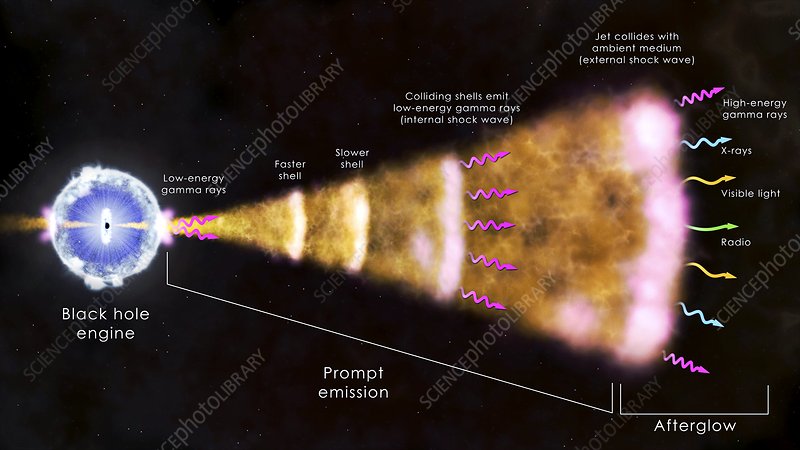 >
>
Effects on Earth: When Gamma Rays Hit Home
The sheer power of the BOAT was not limited to distant space. The Earth’s atmosphere reacted to the event in a way not seen even with normal solar flares. The gamma rays hit the Earth’s ionosphere — a layer rich in electrically charged particles — causing significant disruptions and pushing the ionosphere down to lower altitudes. This serves as a stark reminder that cosmic events, even those that happen billions of light-years away, can affect the Earth.
<
>
Where Do Our Heavy Elements Come From?
One of the most important aspects of studying gamma-ray bursts like the BOAT lies in their role in creating some of the universe’s most prized materials, such as gold. Normally, the creation of heavier elements like gold comes from either:
- Neutron Star Collisions: When two neutron stars collide, they trigger the rapid neutron capture process (r-process), creating heavy elements.
- Supernovae: Massive star collapses may also be responsible for generating neutron-rich environments where heavy elements can form.
While GRBs are believed to assist in the creation of such elements, analysis of the BOAT disappointed scientists in this regard. No significant quantities of heavy elements were detected in its aftermath. Why?
The BOAT’s host galaxy might hold an answer. This galaxy has been identified as having the lowest levels of heavy elements ever observed. Thus, scientists posit that its composition didn’t have the fundamental “building blocks” necessary to create elements like gold during the explosion. However, this observation brings us to another key question—if not gamma-ray bursts or supernovae, where does the abundance of gold we observe in the universe come from?
<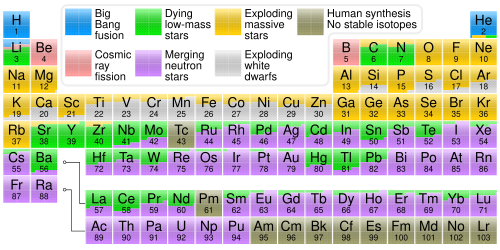 >
>
Challenges to the Standard Model and Dark Matter
The BOAT has led researchers to question some of the very fundamentals of physics. For instance, scientists detected an unprecedented number of high-energy photons arriving from the BOAT. According to the Standard Model of physics, such photons should not be able to travel for 2 billion years without interference from cosmic matter or radiation. This has sparked the theory that photons may convert into axions— a hypothetical particle potentially linked to dark matter—before converting back into photons upon their arrival at Earth.
While still speculative, the BOAT could serve as further evidence that there are missing components or particles in our Standard Model. The abundance of these exceedingly high-energy photons suggests there may be forces in the universe that we have yet to fully understand.
<
>
What’s Next for Gamma-Ray Research?
The BOAT has provided scientists with the opportunity to re-evaluate and refine our understanding of cosmic events and our universe’s elemental makeup. Much like the discoveries made possible by NASA’s Voyager probe as I discussed in a prior article, these GRB events not only shake up what we think we know, but also offer new avenues for discovery.
The BOAT exemplifies how once-in-a-millennium events can serve as reminders of how far we’ve come in our understanding of the universe, but also how much further we must go. As scientists gather new data and explore alternative hypotheses, the study of gamma rays and their sources promises to deepen our understanding of the universe, the forces that shape it, and—critically—our place in it.
<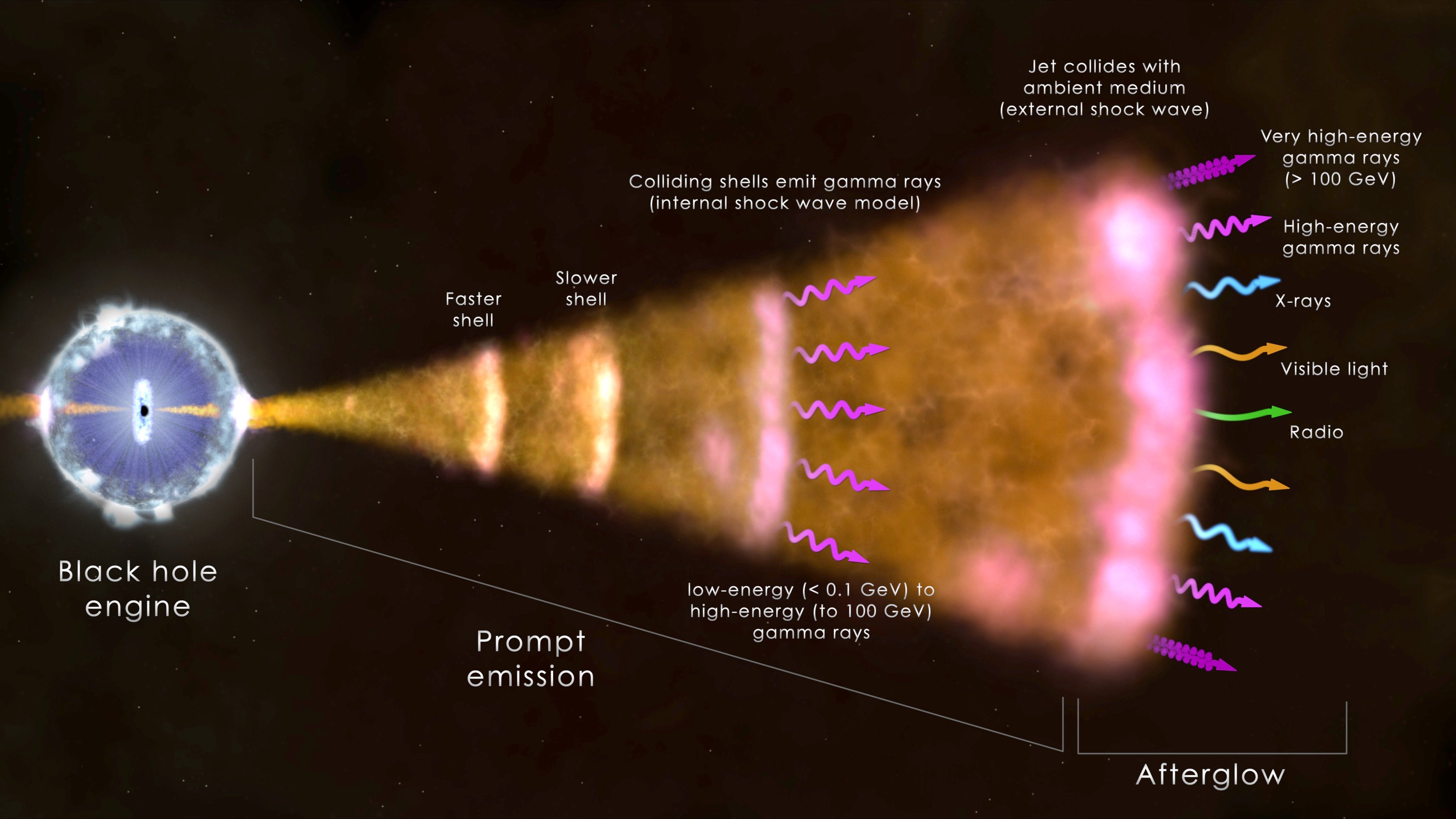 >
>
